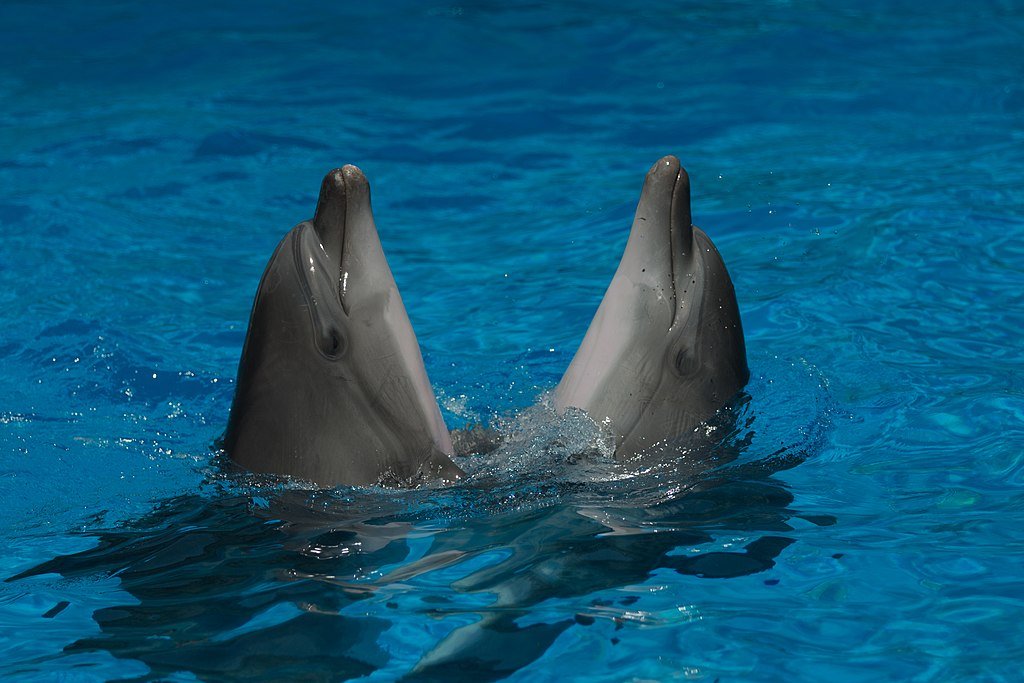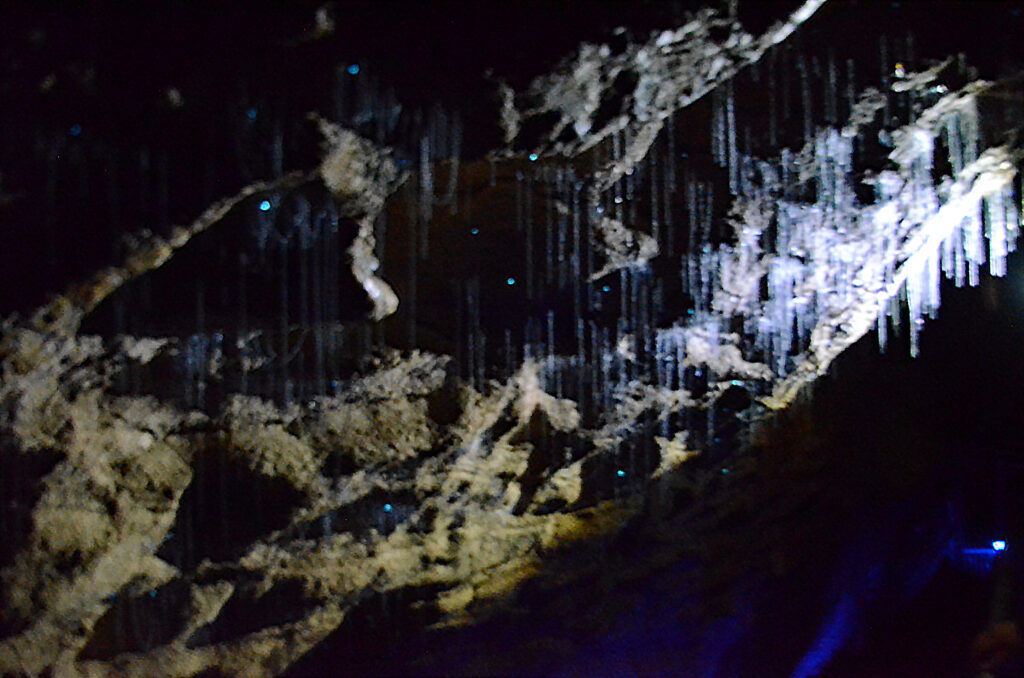Following a landmark ruling, Mexico’s Federal Attorney for Environmental Protection (PROFEPA) has closed the dolphinarium at Hotel Barceló in Riviera Maya permanently in a victory for the cause against the exploitation of marine mammals. The park, run by Acuario Arrecifal, S.A. de C.V., had faced closure for numerous infractions on animal well-being legislation such as the death of a dolphin named Mincho, undisclosed injuries, and illegal shows. The decision marks a possible turning moment for Mexico’s captive marine animals, and serious questions arise: Will this closure initiate nationwide change? And what’s next for the dolphins?
A Facility Under Scrutiny: The Shocking Violations That Led to Closure
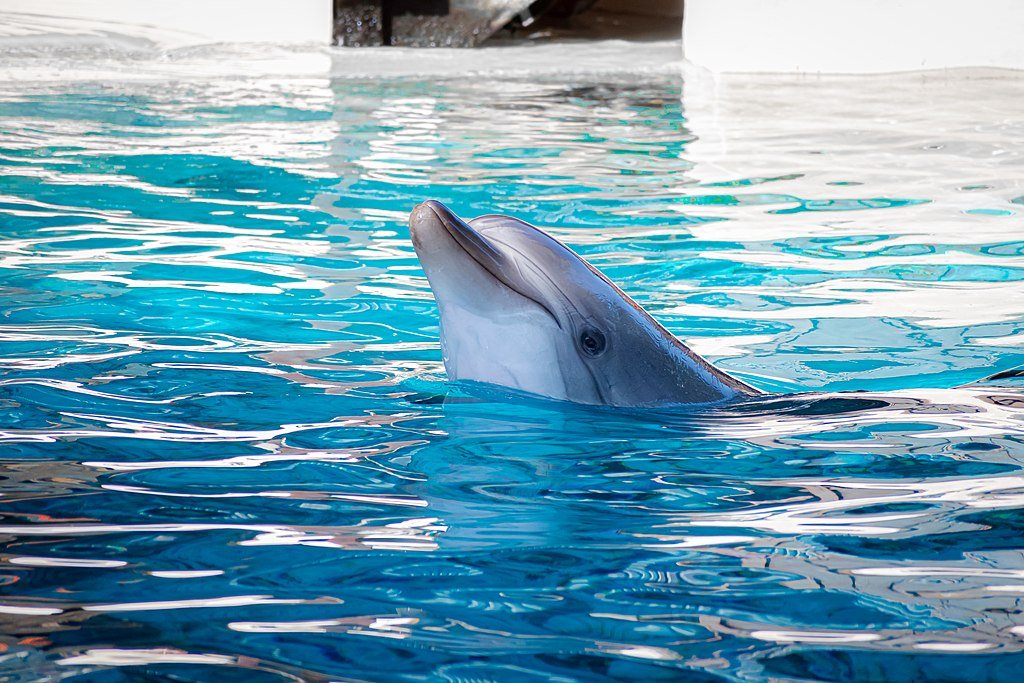
PROFEPA’s probe revealed seven serious offenses and a grim scenario of neglect and exploitation:
- Dolphins perform unauthorized stunts at the risk of injury and stress.
- Sick animals performed in presentations without a clearance from a veterinarian.
- Overcrowding interactive sessions above statutory limits.
- Insufficient water temperatures, not suited for species-specific requirements.
- Missed medical assessments, making the dolphins susceptible to undetected diseases.
- Failing to report serious injuries, including Mincho’s fatal death.
These revelations did not reveal merely the failures of a single facility, they revealed systemic failures of Mexico’s dolphin-captive industry.
Mincho’s Death: The Tragedy That Forced Action
The last straw was the death of Mincho, a dolphin whose death was kept secret. The death went unreported by facility owners to official agencies in a clear misuse of Mexico’s General Wildlife Law. The preventable cause of death indicated in necropsy reports implicated stress and substandard living conditions as probable reasons.
Why should this concern us? Captive dolphins suffer from ongoing stress, compromised immune systems, and reduced lifespans. In the ocean, they swim 100 km (62 miles) every day, a far cry from the small space and chlorine tanks they experience in captivity.
Beyond Barceló: Mexico’s Broader Dolphin Captivity Problem
Mexico boasts 17 dolphinariums, most of which function under comparable conditions. The nation continues to be a hub for “swim-with-dolphins” experiences through tourism despite international condemnation. Science has a definitive stance:
- Captive dolphins experience high stress hormones (cortisol levels 3 times above wild counterparts).
- 67% die before age 10 in captivity, versus 40+ years in the wild.
- Forced breeding and wild capture (illegally practiced but reported) maintain the cycle.
PROFEPA’s action against Barceló may create a precedent if enforcement prevails.
Expert Reactions: A Call for Nationwide Reform
Eugenia Morales, Wildlife Campaigns Manager at World Animal Protection, applauded the closure but warned:
“This can’t be an isolated action. Mexico must develop a national strategy to phase out dolphinariums entirely. These animals deserve rehabilitation, not just relocation to another tank.”
Key demands from advocacy groups:
- Ban breeding programs to prevent future generations in captivity.
- Shift to coastal sanctuaries for retired dolphins.
- Stricter penalties for violators.
What’s Next for the Dolphins?
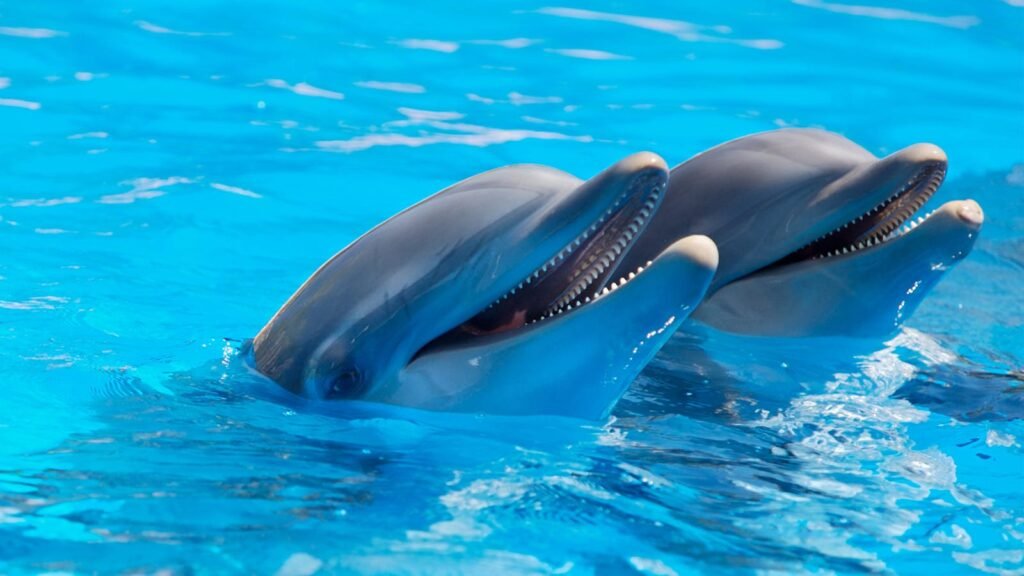
The 14 dolphins who remain at Barceló face an uncertain future.
- Move to a facility of a comparable type.
- Retirement in a sea pen sanctuary (the ethical gold standard)
- Euthanasia (a final option for severely ill animals).
Groups campaign for sanctuary placement as a priority for PROFEPA, but funding and will remain challenges.
A Global Movement Gains Momentum
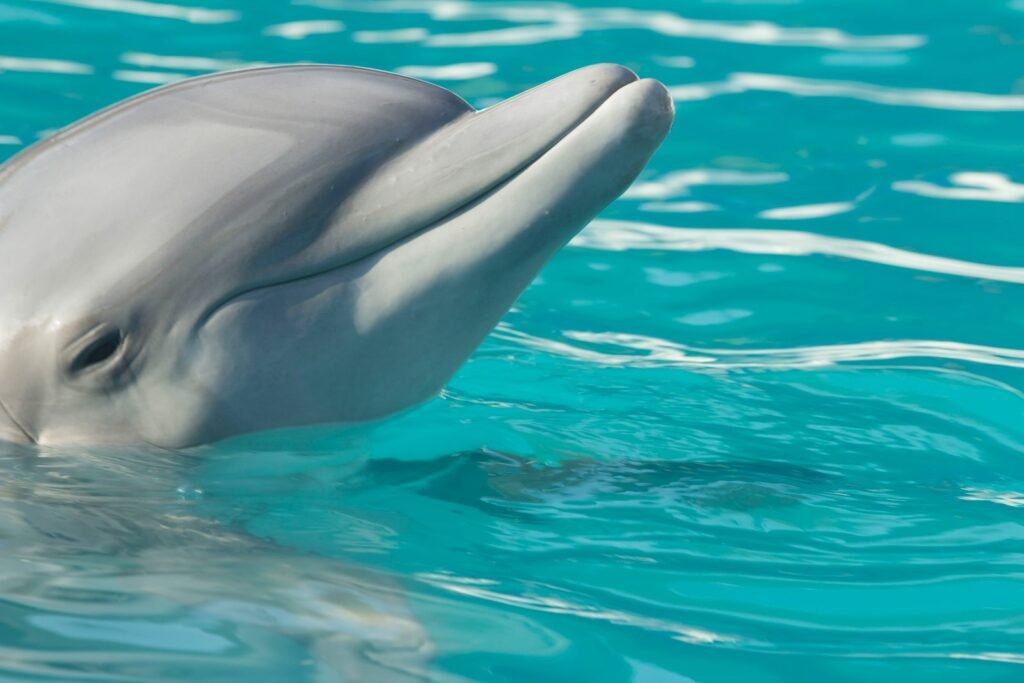
Mexico’s move keeps pace with an expanding anti-captivity trend:
- Canada has outlawed cetacean captivity since 2019.
- France banned dolphin shows in 2020.
- Even SeaWorld discontinues orca breeding in 2016.
But 300+ dolphins will be left behind in Mexican compounds. Will this shutdown create meaningful change or simply shift the issue?
Conclusion: A Turning Point or a Token Gesture?
PROFEPA’s action represents a watershed moment, but the struggle continues. To make real progress, Mexico needs to:
- Audit all 17 dolphinariums PROFEPA has promised unannounced.
- Enact a phaseout plan whereby animal welfare takes precedence over tourism returns.
- Inform travelers about the exploitation involved behind swim-with-dolphins activities.
As the globe looks on, the question remains: Will Mexico blaze a path toward a future where dolphins swim wild and free or will this be an exception?
Final Thought
The ocean is their home. It’s time we left them there.
Sources:

Jan loves Wildlife and Animals and is one of the founders of Animals Around The Globe. He holds an MSc in Finance & Economics and is a passionate PADI Open Water Diver. His favorite animals are Mountain Gorillas, Tigers, and Great White Sharks. He lived in South Africa, Germany, the USA, Ireland, Italy, China, and Australia. Before AATG, Jan worked for Google, Axel Springer, BMW and others.

